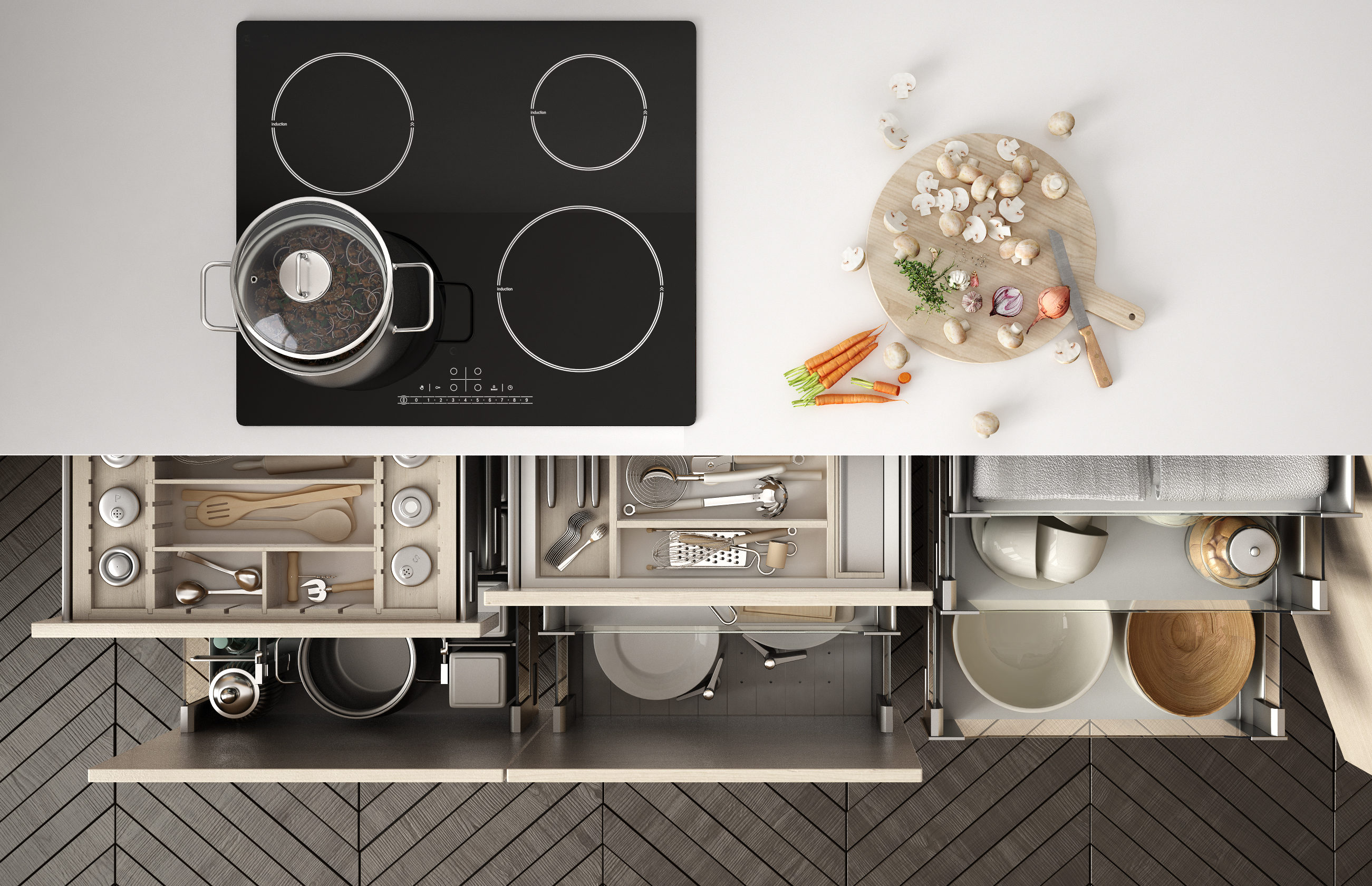To some people the idea of hiring a professional to help them organize their cluttered kitchen seems frivolous. After all, there are so many other truly tragic problems in the world. Hunger. Disease. Poverty. How could finding the best way to store a dozen pot lids compare to the problems of millions of people around the world struggling every day just to make ends meet?
When I think about the work I do as a professional organizer it reminds me that healing is also about controlling what my clients can control and recognizing that change even when personal and local can still have an impact.
It never ceases to gratify me when my clients express how much the transformation of their spaces – whether it is their kitchens, offices, garages or bedrooms – has made them feel happier, calmer and more energized to tackle other challenge of their lives. Some have confided that the work we’ve done together made them happier in their relationships with their spouses, their children and their bosses.
Many of my clients do help solve the problems of the world. They include emergency room nurses, physicians, mothers, fathers and therapists of all types. I think this is because the caretakers of the world are often the ones, not surprisingly, who are in the most need of my help not because they are so disorganized but because they give their time over to the care of others and in so doing, have pushed their own well-being down their list of priorities.
So when a caretaker asks for my help, I know I’m doing more than just organizing their pots and pans, I’m making their lives just a little easier, a little less stressful, a little more peaceful. It’s not brain surgery but it does make a difference.









